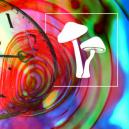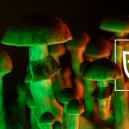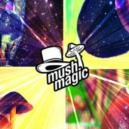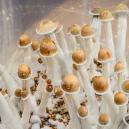Are Magic Mushrooms An Answer To Opioid Addiction?
Published :
April 7th, 2020
Categories :
Health

Psilocin, the active alkaloid in magic mushrooms, is being studied to help people suffering from various addictions. With Western countries facing a synthetic opioid crisis that's leaving millions of people with crippling addictions, could magic mushrooms help to finally break the vicious cycle?
Did you know that taking mushrooms might do much more than just get you high? Research into psilocin (the pharmacologically active version of psilocybin) is showing that it may help unlock certain brain pathways that can help patients battling addiction. With prescription opioid addiction now taking more lives than heroin, could magic mushrooms hold the key to dealing with the opioid crisis? Keep reading to find out.
UNDERSTANDING THE OPIOID CRISIS
It's clear; the world is facing an opioid pandemic. Millions of people suffer from pain, be it acute or chronic, and many countries around the world have decided that the best way to treat pain is using opioid painkillers.
In 2012, opioid prescriptions in the US hit their all-time high; American doctors were prescribing them to over 80 out of every 100 patients. That year alone, US physicians dished out over 255 million prescriptions for opioid medications.
Luckily, those numbers started to drop. In 2017, the prescription rate for these drugs hit 58.7 prescriptions per 100 people, the lowest in 10 years. However, at this rate, one out of every two patients in the US was still being prescribed opioids.
This trigger-happy approach has left millions of Americans battling crippling addictions. According to data from the 2015 National Survey on Drug Use and Health, over two million people suffered from addiction to prescription painkillers. Heroin, on the other hand, accounted for “just” 591,000 addictions that same year.
Today, drug overdose is the leading cause of accidental death in the US. In 2015, over 52,000 Americans died from a drug overdose. Of those deaths, over 20,000 were caused by prescription painkillers.
The same trend is beginning to emerge in Europe, though at a much lower rate (80% of the worlds opioid supply is thought to be consumed in North America).
THE PROBLEM WITH OPIOID PAINKILLERS
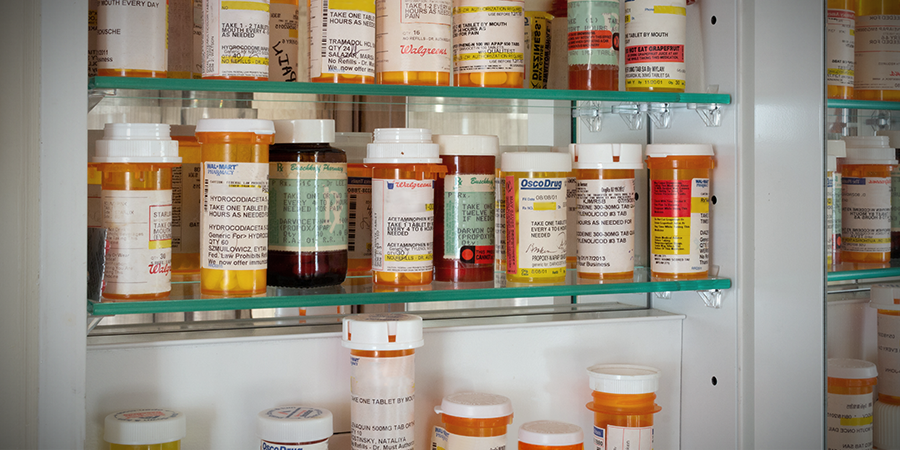
Opioid painkillers like oxycodone, hydrocodone, codeine, morphine, and fentanyl have many shortcomings. But one of their biggest drawbacks is that they are highly addictive. Even when used as prescribed by a doctor, these drugs can quickly cause a person to develop a tolerance, dependence, and eventually addiction.
When opioids enter the bloodstream, they catalyse a pronounced increase in endorphins and dopamine signalling. The increase of these chemicals, depending on which regions of the brain are implicated, not only reduces pain sensations but also causes a strong euphoria as the drug interferes with the reward pathways in the brain. When opioids simulate this reward pathway, the brain learns to want to take the drugs repeatedly. That’s when a person is at risk of becoming dependent or addicted.
UNDERSTANDING ADDICTION

Addiction is a complicated process that has been the focus of countless academic studies for years. Today, we know that addiction is caused by changes in our brain's reward pathway, a complex system mediated mainly by the neurotransmitter dopamine.
Dopamine is released whenever our brains believe we need to remember a particular event or feeling, such as the euphoria we get from drugs like opioids. The strong increase of dopamine caused by opioid drugs causes us not only to remember the high we’re experiencing from a drug, but also encourages us to seek out that high again in the future. This is essentially what we call a craving.
When we give in to cravings, we feel pleasure and again experience a rush of dopamine, which only leads us to experience more cravings. This feeling of pleasure is caused by increased neurotransmitter activity in hedonic hotspots of the brain such as the brain stem, the ventral pallidum, the nucleus accumbens, and the orbitofrontal cortex.
Over time, continually giving in to these opioid cravings causes the body to build up a tolerance, forcing us to consume more of a drug in order to feel the same effects. There are two main theories of what causes opioid tolerance; the first claims that opioid receptors might become less sensitive to a particular drug over time, while the second claims that continued use of opioids might cause a decrease in opioid receptors in the brain due to a process known as downregulation.
Continued use of opioids also causes withdrawal symptoms. Opioids are a depressant, meaning they depress many physiological systems. To deal with this, the body upregulates. As your body gets used to a specific drug, it upregulates preemptively at specific times or in specific places where you’ve used the drug before. When you’re not on the drug, your body's systems are still upregulated, causing symptoms such as sweating, increased heart rate, anxiety, and more.
These withdrawal symptoms can be so severe that a person feels they cannot function properly without the drug. This is what we know as addiction. But what causes some people to be more prone to becoming addicted to a particular substance or behaviour than others? This is where things get a lot more complicated.
Addiction affects what scientists call the default mode network (DMN), a set of brain regions that are active in resting state or when we’re not doing anything specific (like when we’re daydreaming, for example). Studies comparing DMN activity of heroin addicts and non-addicted controls showed, for example, that people with addictions exhibit more activity in areas such as the right hippocampus, and decreased activity in the right dorsal anterior cingulate cortex. These differences impact an addict’s self-control and memory processing, which are really at the core of addictive behaviour.
PSILOCIN VS TRADITIONAL ADDICTION TREATMENTS
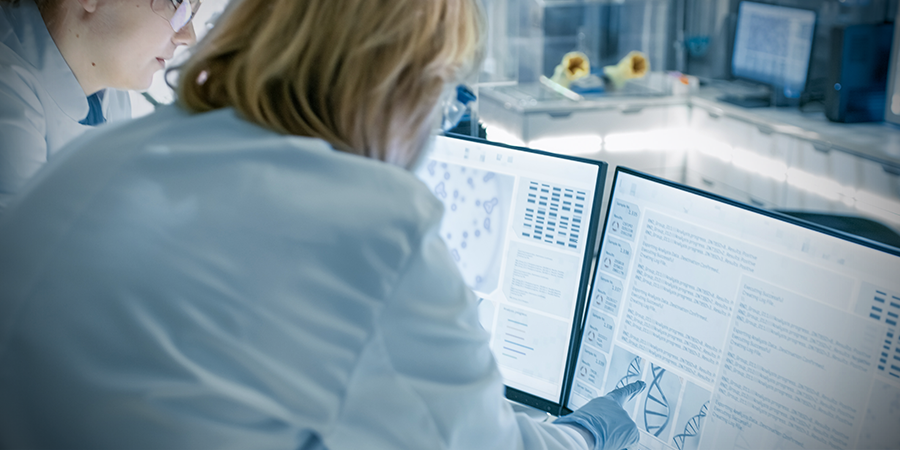
Traditional addiction treatments are very much surface-level. The treatments available to help people quit smoking (like nicotine chewing gums and patches) work by quelling nicotine receptors in the brain. Similarly, opioid withdrawal symptoms are sometimes treated with methadone or buprenorphine. However, treating withdrawal symptoms does nothing to actually change addictive behaviour. Psilocin, however, is different.
Early research from the Johns Hopkins University School of Medicine shows that psilocin may offer a new approach to treating addiction that tackles the problem at its core.
Studies show that, under the influence of psilocin, the human brain is able to make new connections between different regions that don’t normally communicate with one another. This is what researchers refer to as “crosstalk”.
Robin Carhart-Harris, a leading modern researcher into psychedelics and their potential as medicines, saw this in his early research into the effects of psilocin on patients with depression. In a Tedx Talk from 2016, Carhart-Harris explains that communication in the normal brain is “confined” to specific brain communities or regions. Under the effects of psilocin, however, there’s a much more free and open conversation going on between different parts of the brain.
The research conducted by Carhart-Harris and other researchers in this field suggests that psilocin can “reset” the brain. In fact, patients involved in depression trials themselves used the analogy that psilocin helped “clean up” and “reboot” their brain. By generating this crosstalk between different brain regions, psilocin may help delete patterns of brain activity that drive addictive behaviour. In doing so, psilocin might offer a much more comprehensive approach to treating addiction than just dealing with withdrawal symptoms.
GOING BEYOND MAGIC MUSHROOMS — OTHER PSYCHEDELICS AS MEDICINE
Psilocybin/psilocin aren’t the only psychedelic compounds with potential medicinal applications. Modern research into psychedelics dates back to the 1950s, when British psychiatrist Humphrey Osmon first coined the term “psychedelics” by combining two Greek words: “psyche”, meaning mind, and “delos”, meaning to reveal. Research into psychedelic substances like psilocybin/psilocin and LSD peaked around the 1970s and has resurged in the last five years.
What this research has shown us is that psychedelic substances are much more than just party drugs. These are powerful substances that, when used carefully and with respect (as they have been by some cultures for thousands of years), may have very real healing properties.
In the 1970s, for example, Czech psychiatrist Stanislav Grof published Realms of the Human Unconcious, a pioneering work detailing his research into LSD. In his book, Grof described psychedelics as having the “unique potential” to serve as “tools for the exploration of the human mind”. In fact, Grof went so far as to say that psychedelics were as significant for psychiatry as the microscope was for medicine or the telescope for astronomy.
THE FUTURE OF PSYCHEDELIC RESEARCH
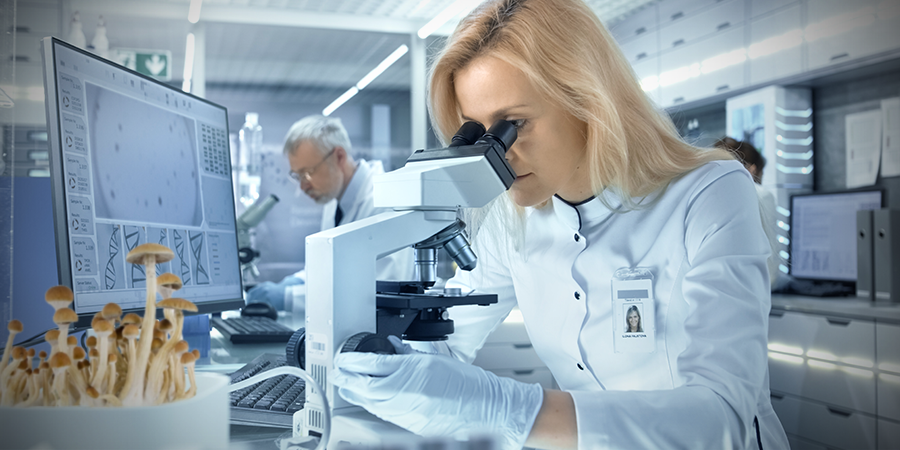
Years of drug prohibition and stigmatisation have made it hard for us to study and understand psychedelic substances. Luckily, the stigma around drugs is changing, opening up a new road of understanding about these substances, their mechanisms of action, and, most importantly, their potential as medicines.
When it comes to psilocin, it’s still the very early days in terms of research, but things are moving forward. In September 2019, Johns Hopkins University announced the launch of its Center for Psychedelic and Consciousness Research. The centre, which received $17 million in funding from donors, will be dedicated to researching compounds like psilocin and LSD for a variety of mental disorders, including depression, addiction, and more.
And while we’re still a long way from fully understanding these compounds, advancements in research means the millions of people affected by addiction to opioids and other drugs may soon have access to a much more comprehensive form of treatment than was available up until now.












